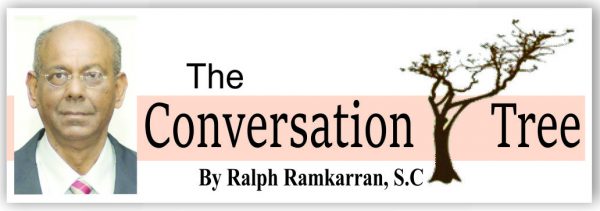
The Constitution recognises only a ‘majority’ and a ‘two-third majority,’ although it does not use the word ‘majority’ when describing the two-third vote, as set out below. Article 168(1) provides that: “Save as otherwise provided by this Constitution, all questions proposed for decision in the National Assembly shall be determined by a majority of the votes of the members present and voting.”
There are several instances where the Constitution provides otherwise than in Article 168(1), cited above. In all of them, except one, they require the support of “not less than two-thirds of all the votes of all the elected members of the National Assembly.” These include, not necessarily exhaustively, Article 106(7) to extend the time to hold elections beyond the three months provided for after a no-confidence vote; Article 164, which provides that certain articles of the Constitution can only be amended upon the votes of “not less than two-thirds of all the elected members of the National Assembly;” Article 170, which allows the President to withhold his assent to a Bill and return it to the Speaker who shall not present it again to the President unless it is supported by “not less than two-thirds of all the elected members of the National Assembly;” Article 180, which provides that the President can only be removed for violation of the Constitution or gross misconduct upon the vote of “not less than two-thirds of all the elected members of the National Assembly.” As stated above, the word ‘majority’ is not used in these instances.
Article 106(6), providing for the no-confidence vote, is different. It is the only provision in the Constitution which does not require a two-thirds vote but requires the presence of all the members of the National Assembly to be present and voting. For the no-confidence motion to succeed, it requires “the vote of the majority of all elected members of the National Assembly.” This distinction appears to be the reason why it was selected for special treatment by the Court of Appeal by deeming that an absolute majority is required. It is difficult to conceive why this distinction should preclude the 50% + 1 formula from applying to a vote under Article 168(1).
The reason why the word ‘majority’ is used in the Constitution only in relation to Articles 168(1) and 106(6) and not used in the instances where a two-thirds ‘majority’ is required is not known. But it could well be that the draftspersons wanted to confine the meaning of ‘majority’ to its normally understood meaning as set out in various being “the greater number” or “the larger number.” A ‘two-thirds’ majority is not the “greater number” or “the larger number.” To avoid confusion, therefore, the draftspersons did not use the word ‘majority’ when referring to those instances where the votes of no less than two-third of the all the members of the National Assembly are required.
If the above explanation is correct, then the only conclusion is that the draftspersons intended only one meaning for the word ‘majority’ and that meaning had to be ‘the greater number.’
Article 168(1), quoted above, starts with the phrase: “Save as is otherwise provided for by this Constitution….” It then goes on to provide that a decision shall be determined by a majority of the members present and voting. That opening phrase does not give leeway for an interpretation of the word ‘majority’ dichotomously, that is to say, into a ‘simple’ majority and an ‘absolute’ majority because nowhere in the Constitution is there any hint that the meaning of the majority is “otherwise provided for.” What the Constitution “otherwise provides for” are the instances outlined above, namely, the vote of two-thirds of the members all of whom must be present and voting. This method and Article 106(1) are the only exceptions to Article 168(1).
While Wikipedia is not the most reliable of authorities, (but equally, the cases cited in the Court of Appeal are all distinguishable), the following appears: “Erroneous definitions of majority include ‘50% + 1’ or ‘51%.’ For example, say a board has 7 members. A majority would be 4, (more than half of 7). If 50% + 1 is used, the number calculated would by 3.5 + 1, and thus the majority would be mistaken as 4.5, and by rounding up, 5. This confusion would exist for all odd numbers using the erroneous definition of ‘50% + 1’ though this can be fixed by remembering to always round down, in which case both odd and even numbers would work out correctly.” Nothing here, or in the cases cited, about half a person.





